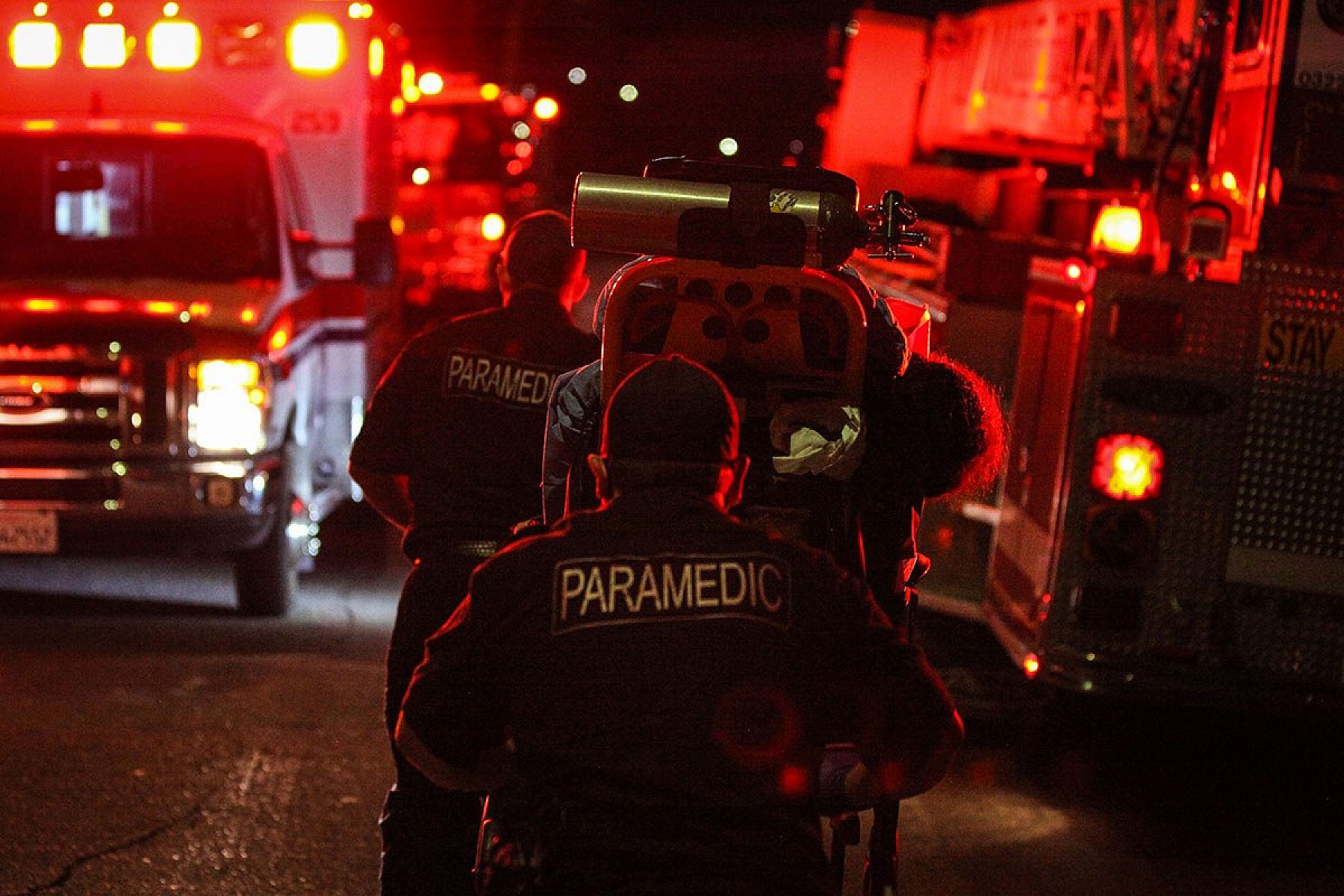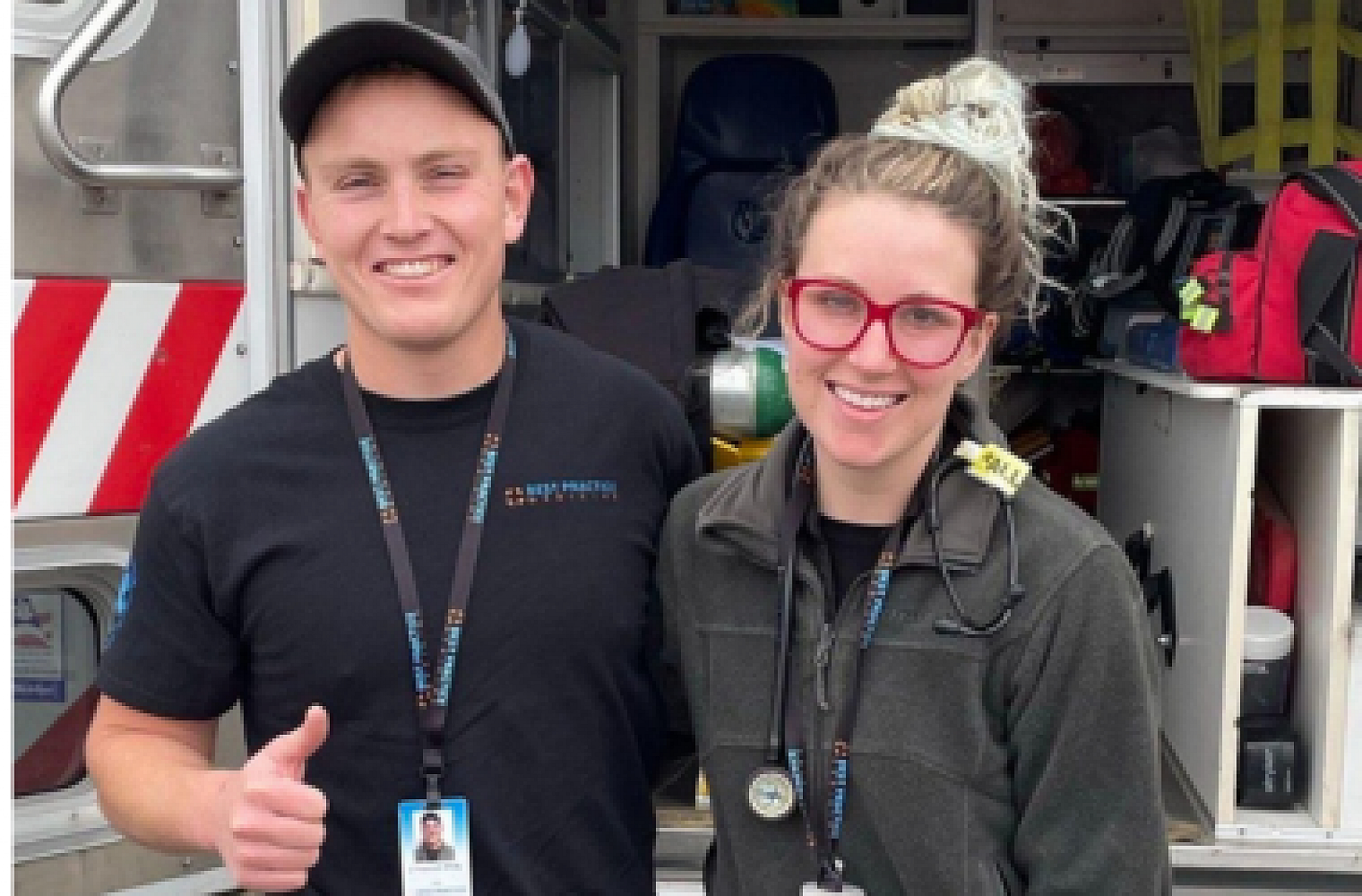Travel Paramedics
Short Term
Understaffing solutions are often focused on the near, short term timelines. The most successful systems understand that understaffing is a chronic problem that requires a comprehensive approach to solve. We work with leaders that are concerned about both how to fill shifts tomorrow and end the vicious cycle of understaffing.
Long Term
Regardless of the delivery system, private, public, fire, hospital based and beyond addressing the root cause of understaffing is a strategic undertaking. As the industry leaders we get it, success of running any organization without enough qualified people on the team, is virtually impossible.

Break the understaffing cycle
- Stabilize an existing workforce
- Grow supervisor and leadership teams
- Reduce fines, penalties, or fees
- Secure new contracts and win RFP
- Market Expansion

Become a Travel Paramedic
- We roster more than 1000 Travel Paramedics
- We consistently recruit top tier Paramedics through a vigorous process
- High pay, great benefits, and experiences
- Fall in love with EMS again
Top Talent Is Leaving — And It’s Impacting Everything
It’s a reality we see across EMS systems nationwide: call volume keeps climbing, the roster keeps shrinking, and your most experienced providers are the ones walking away. The race to the bottom is accelerating.
Your senior clinicians do far more than staff a unit.
They stabilize every shift with their presence.
They understand the nuances of your system that no textbook covers.
They mentor the next generation and maintain the culture you want to preserve.
So the question isn’t simply how to keep them from leaving—
It’s how to build an environment where they choose to stay because it supports meaningful work, sustainable schedules, and professional growth.
That’s what high-performing EMS systems prioritize.
How EMS Systems Keep Their Top Talent
Instead of treating retention as a plea for loyalty, the most successful EMS organizations work with their crews to remove the pressure points that drive people out. Systems that consistently retain top talent focus on:
✔ Reduce Total Overtime
Chronic overtime is the fastest path to burnout. Reducing it signals respect for the person behind the uniform.
✔ Achieve > 85% End-of-Shift on Time
When crews get off on time—reliably—they regain control of their personal lives. That alone keeps many from leaving.
✔ Eliminate Calls Pending & Status 0 Events
Reducing operational chaos lowers emotional fatigue and helps teams feel supported rather than overwhelmed.
✔ Create Time & Space to Train and Grow Supervisors
When supervisors aren’t just putting out fires, they can coach, develop, and support crews—another major retention driver.
✔ Approve PTO Requests
If people can never take a break, they eventually take a job elsewhere. PTO availability is one of the strongest predictors of retention.
✔ Relieve Overall Pressure in the System
When the workload is predictable and manageable, crews feel valued, seen, and protected—exactly what top talent looks for when choosing where to stay.
EMS System Turnaround Story of the Decade
"Partnering with Best Practice Medicine as a core function of our strategy led to the turnaround story of the decade for ambulance operations in Las Vegas. By jump-starting our system redesign with BPM's high value low friction travel paramedics, we solved long standing problems."
Why Traditional Efforts Fail
There have been three well-documented healthcare shortages in the last 80 years. In each instance, a pattern emerged. Healthcare tried the same three things when facing a workforce crisis.
- Reduce the education standard to enter the field.
- Create in-house education pipelines.
- Increase compensation and offer signing bonuses.
Reducing Standards
Theory
Reducing the rigor of testing, hours of instruction, ride-alongs, clinical experiences, and hands-on education requirements, pipelines will fill with more prospective EMS providers, filling rosters faster and with less effort.
Reality
Errors increase, patient care declines, and major investments are required in retraining. Large cohorts of under-trained and unprepared EMS providers join a profession already struggling to maintain top talent. Further burdening the system.
Education pipelines
Theory
Filling the hiring pipeline through in-house EMT, AEMT and Paramedic programs will create exactly the kinds of clinicians our sytem needs. They are trained by our own staff, and as a result will be prepared to hit the ground running on graduation.
Reality
It works, for a little bit. The reality that attrition rates for well run EMS education programs nationally are between 10-20% at graduation. Another 20-30% will wash out work in less than 6 months, and nearly 100% will leave the profession in 3 years.
More Money
Theory
Increasing wages and offering signing bonuses will retain top talent and make us more competitive than other agencies in our recruiting efforts.
Reality
If the system had a fair compensation practice prior to the shortage, increasing these investments can be impossible. The overall wage for EMS providers has radically right size adjusted in the last few years. More than 1/3 of all BPM Travel Paramedics transition full-time for less money to locations they have travelled to. If it was about the money, that would never happen.
Our Vitals since 2021
The BPM Promise
- We ENCOURAGE you to RECRUIT our travel paramedics to your team.
- We WILL NOT HIRE an applicant from your organization for 12 months from the end of our last contract with you.
- You have FINAL APPROVAL on all travelers assigned to your organization.
Connect with us
During regular business hours - 406-602-4202
Early or late, we are working too - 406-602-4202
Twenty-four hours a day, you want to talk right now - 406-312-0284
Contact Us
The Founders of Travel Paramedicine
- Launched in early 2021
- First, documented travel paramedic assignments
- First, to work at scale across multiple state lines
- First, to make the most mistakes possible

Become a Travel Paramedic
- We roster more than 1000 Travel Paramedics
- We consistently recruit top tier Paramedics through a vigorous process
- High pay, great benefits, and experiences
- Fall in love with EMS again